LG Energy Solutions reported on July 25 that its revenue for the second quarter of last year fell 29.8% year-on-year to 6.16 trillion won ($6.19 billion).
Operating profit for the same period fell 57.6% to 4606 billion won. Profitability plummeted even as the U.S. IRA tax credit nearly quadrupled from 110.9 billion won in the second quarter of last year to 447.8 billion won in the second quarter of this year. This was due to market-wide headwinds, including slowing demand for electric vehicles and weaker metal prices, which led to lower selling prices.
“This year's sales are expected to decline by more than 20 percent year-on-year,” LG Energy Solutions said today. Initially, the company expected sales to grow in the mid-single digits (4-6%) when it set its business plan for this year. However, the company was forced to lower its sales expectations as major automakers began to accelerate their electrification.
In particular, the global EV market growth rate has been lowered from the mid-20s to the low-20s. In particular, the U.S. EV market was expected to grow in the mid-30s, but now it has been lowered to the low-20s. We also lowered our European EV growth forecast from the mid-20s to the mid-10s.
We also reduced our IRA tax credit forecast from 45-50 GWh to 30-35 GWh. However, the IRA tax credit is unlikely to be completely eliminated even if Donald Trump is re-elected, the company said.
“Trump's election could pose a risk to EV demand,” said Changbeom Kang, chief strategy officer at LG Energy Solutions, ”but the IRA tax credit will remain in place as it requires administrative procedures and political consensus.”
LG Energy Solutions plans to overcome this difficult external situation through operational efficiency and technology leadership.
First, the company will review its ongoing investment plans. Only essential investments will be made in new facilities in accordance with strategic priorities, while production efficiency will be improved by converting existing EV battery production lines to ESS (energy storage systems) to improve plant utilization rates.
It is making progress in battery diversification. LG Energy Solutions, which centers on pouch-type NCM batteries, has recently signed contracts with Renault for LFP batteries and with Q CELLS to supply ESS batteries for the North American power grid.
The 4680 cylindrical battery, known as the “Tesla battery,” will also begin full-scale mass production at the Ochang plant as early as the end of the third quarter. “In addition to the customers we have already secured, we are in talks with various customers to supply the 4680 and various specifications of the 46 series,” said LG Energy Solutions.
Gwak Horyung (horr@fntimes.com)





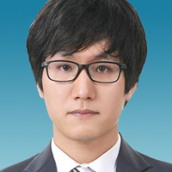






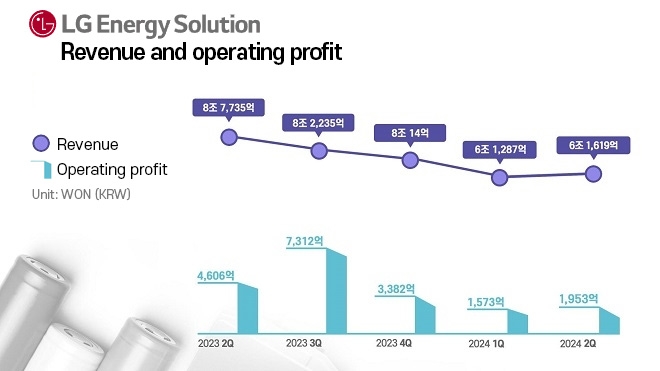




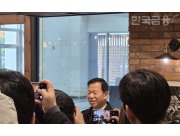

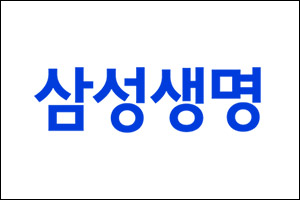




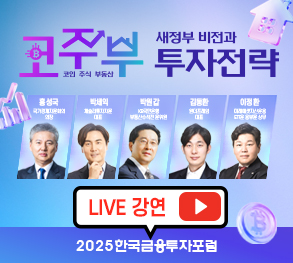







![LB인베스트먼트, 프로티나·S2W 등 잇단 회수 성과…4분기 실적 기대 [VC 회수 점검(2)]](https://cfnimage.commutil.kr/phpwas/restmb_setimgmake.php?pp=006&w=69&h=45&m=5&simg=2025111623345202584dd55077bc221924192171.jpg&nmt=18)
![‘산전수전’ 카카오, 챗GPT로 ‘고수익모델’ 찾는다 [Z-스코어 기업가치 바로보기]](https://cfnimage.commutil.kr/phpwas/restmb_setimgmake.php?pp=006&w=69&h=45&m=5&simg=2025111623430506422dd55077bc221924192171.jpg&nmt=18)

![‘신용등급 하향 압박’ 호텔신라, 근본적 체질 개선 ‘시급’ [Z-스코어]](https://cfnimage.commutil.kr/phpwas/restmb_setimgmake.php?pp=006&w=69&h=45&m=5&simg=2025111417385603022b5b890e35c211234180111.jpg&nmt=18)
![12개월 최고 연 3.00%…SC제일은행 'e-그린세이브예금' [이주의 은행 예금금리-11월 3주]](https://cfnimage.commutil.kr/phpwas/restmb_setimgmake.php?pp=006&w=69&h=45&m=5&simg=2025111412490709188300bf52dd2121131180157.jpg&nmt=18)
![[주간 보험 이슈] 롯데손보 적기시정조치 반발 금융당국 행정소송…MG손보와는 다를까 外](https://cfnimage.commutil.kr/phpwas/restmb_setimgmake.php?pp=006&w=69&h=45&m=5&simg=20251116104715042158a55064dd11251906169.jpg&nmt=18)






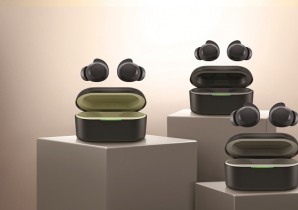


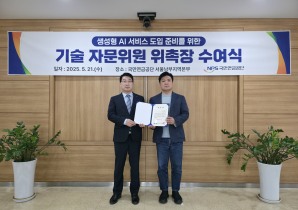
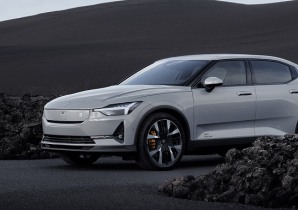
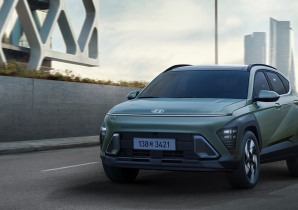
![[카드뉴스] KT&G, 제조 부문 명장 선발, 기술 리더 중심 본원적 경쟁력 강화](https://cfnimage.commutil.kr/phpwas/restmb_setimgmake.php?pp=006&w=298&h=298&m=1&simg=202509241142445913de68fcbb3512411124362_0.png&nmt=18)
![[카드뉴스] KT&G ‘Global Jr. Committee’, 조직문화 혁신 방안 제언](https://cfnimage.commutil.kr/phpwas/restmb_setimgmake.php?pp=006&w=298&h=298&m=1&simg=202503261121571288de68fcbb3512411124362_0.png&nmt=18)
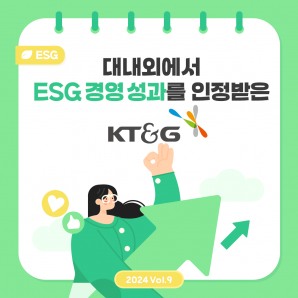

![[카드뉴스] 국립생태원과 함께 환경보호 활동 강화하는 KT&G](https://cfnimage.commutil.kr/phpwas/restmb_setimgmake.php?pp=006&w=298&h=298&m=1&simg=202403221529138957c1c16452b0175114235199_0.png&nmt=18)
![[신간] 고수의 M&A 바이블](https://cfnimage.commutil.kr/phpwas/restmb_setimgmake.php?pp=006&w=81&h=123&m=5&simg=2025091008414900330f8caa4a5ce12411124362.jpg&nmt=18)
![[신간] 리빌딩 코리아 - 피크 코리아 극복을 위한 생산성 주도 성장 전략](https://cfnimage.commutil.kr/phpwas/restmb_setimgmake.php?pp=006&w=81&h=123&m=5&simg=2025032814555807705f8caa4a5ce12411124362.jpg&nmt=18)
![[서평] 추세 매매의 대가들...추세추종 투자전략의 대가 14인 인터뷰](https://cfnimage.commutil.kr/phpwas/restmb_setimgmake.php?pp=006&w=81&h=123&m=5&simg=2023102410444004986c1c16452b0175114235199.jpg&nmt=18)

![[신간] 조금 느려도 괜찮아...느림 속에서 발견한 마음의 빛깔](https://cfnimage.commutil.kr/phpwas/restmb_setimgmake.php?pp=006&w=81&h=123&m=5&simg=20251105082239062852a735e27af12411124362.jpg&nmt=18)

![[AD] 기아 ‘PV5’, 최대 적재중량 1회 충전 693km 주행 기네스 신기록](https://cfnimage.commutil.kr/phpwas/restmb_setimgmake.php?pp=006&w=89&h=45&m=1&simg=20251105115215067287492587736121125197123.jpg&nmt=18)
![[카드뉴스] KT&G, 제조 부문 명장 선발, 기술 리더 중심 본원적 경쟁력 강화](https://cfnimage.commutil.kr/phpwas/restmb_setimgmake.php?pp=006&w=89&h=45&m=1&simg=202509241142445913de68fcbb3512411124362_0.png&nmt=18)
![[AD]‘황금연휴에 즐기세요’ 기아, ‘미리 추석 페스타’ 이벤트 실시](https://cfnimage.commutil.kr/phpwas/restmb_setimgmake.php?pp=006&w=89&h=45&m=1&simg=20250903093618029117492587736121166140186.jpg&nmt=18)
![[AD]‘패밀리카 선두 주자’ 기아, ‘The 2026 카니발’ 출시](https://cfnimage.commutil.kr/phpwas/restmb_setimgmake.php?pp=006&w=89&h=45&m=1&simg=2025081810452407346749258773621116810840.jpg&nmt=18)
![[AD] ‘상품성↑가격↓’ 현대차, 2025년형 ‘아이오닉 5’·‘코나 일렉트릭’ 출시](https://cfnimage.commutil.kr/phpwas/restmb_setimgmake.php?pp=006&w=89&h=45&m=1&simg=202505131018360969274925877362115218260.jpg&nmt=18)



